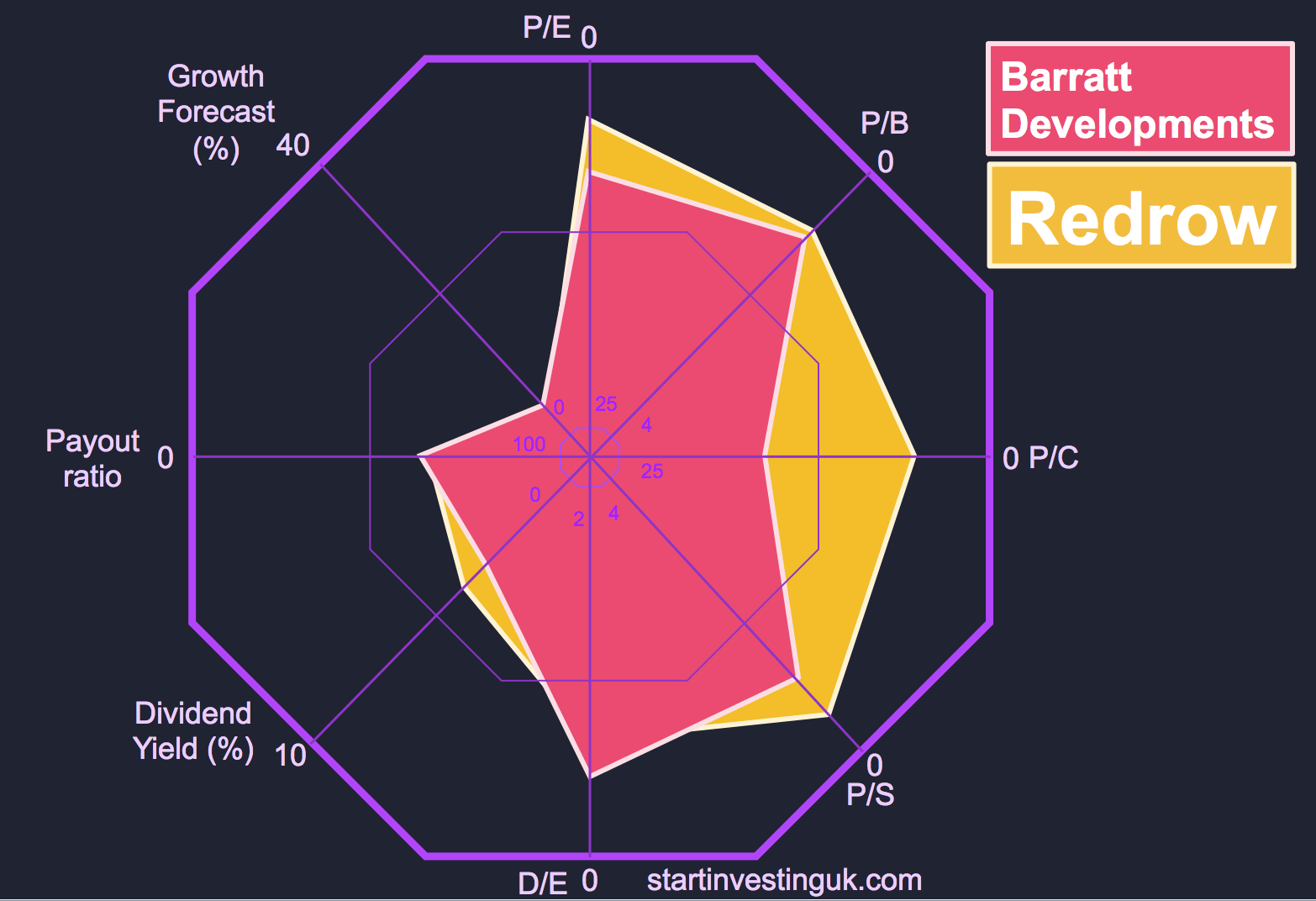When To Sell a Stock
Buying the right stock means nothing if you sell it at the wrong time
For those of you who have been following the Start Investing
stock picks, you will no doubt be looking at your portfolio with excitement
this month. I can even imagine a few of you with your finger held above the
keyboard, poised, ready to push the button and lock in the gains. If
you have followed all of our picks you will now own a number stocks with double
digit percentage gains, and a couple approaching 30%.
So now you've done the hard part, beating the market at a time when the FTSE has underperformed is no mean feat. Now you have an important decision to make: to sell or not to sell?
This bit is actually quite tricky. It is so easy to succumb to natural human greed, to hold on too long and then lose out if the price decreases. At times like these it is always best to look at the methods of the successful, the experienced, and lets face it, the incredibly wealthy.
Warren Buffett has famously stated that his ideal investing horizon is forever, but the big man does sell stocks pretty regularly. He advocates selling stocks for two reasons:
1.A better opportunity has arisen
2.The fundamentals of the business have changed
The first point is called ‘opportunity cost’ - losing out by holding on to an investment when a more profitable one is available, which is something we are starting to see in the Start Investing Stock Portfolio. Some of our stocks are approaching their accurate values, by selling them and putting that money into new opportunities, we can build a very powerful compounding system.
The second point is something that we have covered on our website before. Here are our non-negotiable selling criteria when it comes to the fundamentals of the businesses:
• The stock becomes very overvalued
• The stock stops paying a dividend completely
• The stock is in financial trouble
THE SHARE PRICE GOING DOWN IS NOT A GOOD REASON TO SELL -
THAT IS THE OPPOSITE OF WHAT WE ARE GOING FOR!
Peter Lynch, who managed the Fidelity Magellan Fund for 13 years and averaged annual returns of 29.2%, has a a similar set of selling rules of his own from his book One Up On Wall Street. Lynch advocates selling when the price has gone up by 30-50%, when the fundamentals become less attractive or when the price to earnings goes above its normal range – i.e. the stock becomes overvalued. Great minds think alike!
This golden advice nugget also comes from Lynch:
“As it turns out, if you know why you bought a stock in the first place, you’ll automatically have a better idea of when to say good-bye to it.”
As value investors, our strategy is finding businesses that are undervalued, ignored or unjustly hated on by the market. When the market comes to its senses and values the stock accurately we can choose to sell and put that capital into a better opportunity.
If the business is strong and growing, the share price increasing alone may not be a good reason to sell. In that case the better option may be to keep the stock for the long term, collect the yearly dividends and add to the position if and when the stock looks undervalued again. A potential pitfall of this tactic is becoming over-diversified. By never selling stocks and collecting new stocks every month, you might eventually make a portfolio with too many stocks in it. At this point you will be getting close to average market returns and may as well be investing in a fund that tracks the entire stock market.
At Start Investing we developed the IVI Meter, which lets us know whether stocks are undervalued, accurately valued or overvalued. So when the price goes up, we can check IVI Meter and get a very good idea about whether to sell or not.
Our strategy is to hold our stocks until we believe they have reached a fair value according to the IVI Meter, then we place a 5% ‘trailing stop’ on these positions. That means that when these stocks reduce by 5% from any high they reach, we will get a notification and sell. For example, if a stock makes a 35% gain and we feel that its now priced accurately, we will place a trailing stop. The stock can continue to rise without us getting a notification to sell, but as soon as it has decreased by 5% from any high, we will get an email and sell. In this system, once a stock has reached 35%, the lowest return we will get from that position is 30%, however we will still benefit from any gains above the 35%.
We set up these trailing stops using advfn.com. If you like the sound of that strategy we have made a tutorial on Youtube that shows you how to set up a trailing stop for yourself, here. You can even check a stock yourself using our IVI Meter on our site here.
If you’re not currently a Start Investing subscriber and would like to be, you can sign up here and receive our monthly stock picks free of charge. Please do so before the 1st of March to receive next month’s pick!
Best of luck in the market this month and please feel free to reach out or comment below if you have any questions.
Joe











